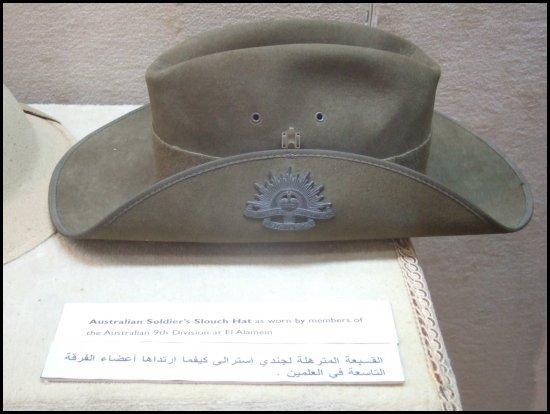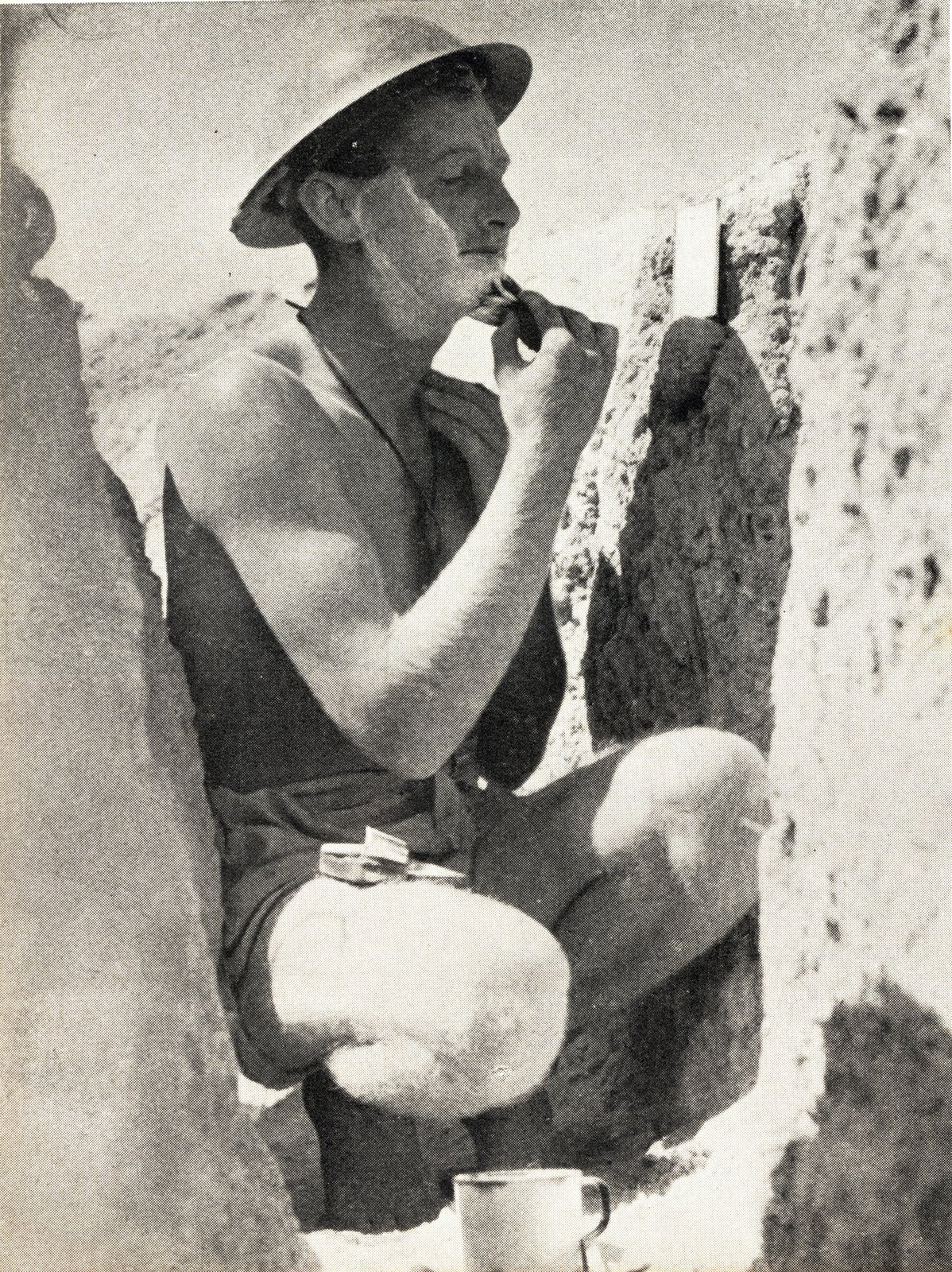Friday, September 5, 2008
[Image] A Rat in a Hole
Monday, September 1, 2008
[Image] 25 Pounder at the Australian War Memorial
The 25 Pounder was the standard artillery piece of both the Royal Australian Artillery as well as the Royal Horse Artillery, the British Artillery Regiment, that aided the Australian Infantry with the defence of Tobruk during the siege by the Afrika Korps in 1941.
Several of these guns, along with countless crates of ammunition, were captured by the Germans at Mersa Matruh in Rommel's rapid advance towards Alexandria in 1942. These same guns were turned upon the 2/48th Infantry Battalion during the Battle of El Alamein with devastating effect. The 2/48th retook the guns within a short period of time and again set them upon the fleeing Germans.
All accounts from Tobruk that I have read all say that without the support of the Royal Horse Artillery the Siege of Tobruk would have been over very quickly. Tobruk was the perfect example of Australian Infantry and British Cavalry and Artillery working as one cohesive unit.
image courtesy of Robert Snewin. Used with permission.
This post is a direct reponse to the question asked by Douglas Chan who wanted to know what were the Royal Horse Artillery guns used during the Siege of Tobruk. I hope this helps Douglas. Good luck with your project!
Saturday, August 9, 2008
[Image] German shells fall at Alamein
image 042082 Australian War Memorial.
Saturday, August 2, 2008
[Image] Explosive End Vol. 3
A M3 Grant Tank falls victim to the "dreaded 88".
An unidentified Sgt. of the 2/3rd Anti-Tank Regiment of the 9th Division photographed the explosive aftermath of the American built M3 Grant when hit at close range by the German 88mm flak 36 Anti-Aircraft Gun. With absolute certainty the entire crew of this tank would have been killed instantly.
These 88mm Guns struck fear into the allies with their devastating effect and terrorising sound when fired. They were capable of penetrating 100mm of armour at 400 yards. By the looks of the outcome on the more heavily armoured M3 this one was fired upon by an extremely close 88. In the western desert these guns were sometimes dug into the ground to create a fixed position. An example of one of these guns is shown below.

November, 1942, Libya.
A dug in German 88mm Flak 36 Anti-Tank Gun.
Australian troops inspect the much feared German 88mm flak gun. This particular gun was dug in to the sand of the Western Desert to protect the crew from shell fire from allied tanks by creating a much lower profile.
Digging the gun in allowed the crew to fire on a distant allied tank much easier as to raise the arm of the gun up high to fire on a distant target in the flat terrain of the desert meant that you were likely to be more easily targeted with return fire. A smaller profile meant you were a smaller target and therefore, in theory, much harder to hit.
For the crew of this 88, the theory was disproven as when Australian troops arrived to inspect the gun they found the entire crew buried nearby.
images p01393.010 and 040977 Australian War Memorial.
Friday, August 1, 2008
[Image] The 2/28th and the R.H.A load a captured Italian 149mm gun.

[Image] Explosive End Vol 2.
image 050011 Australian War Memorial.
[Map] Siege of Tobruk, 1941.
Wednesday, July 30, 2008
[Image] 9th Division troops move From Blue to Red Line at Tobruk
Sunday, July 27, 2008
[Image] Aussie Alamein Artillery Aftermath
25lb Field Guns of the 2/8th Field Regiment.
This image shows a 25 pounder field gun of the 9th Division's 2/8th Field Regiment. The aftermath of a successful shoot on Axis positions is seen by the huge mound of empty shell casings.
Whilst this image was taken during the 1st Battle of El Alamein and it wasn't until October that the largest artillery barrage of the campaign kicked off, one can only imagine how large the piles of the 'empties' were after the 2nd battle.
Large amounts of these brass casings made their way home in the form of Digger "Trench Art". Many were made into vases, ashtrays and umbrella stands for the people back home. Some were even personalised with engravings of battles fought, units served in and mates lost.
These days you can often see a decommissioned 25 Pounder Field Gun at memorials and RSL Clubs around the country. There are a few in my local area. I will see if I can photograph some of them to show you.
image 024515 Australian War Memorial.
















